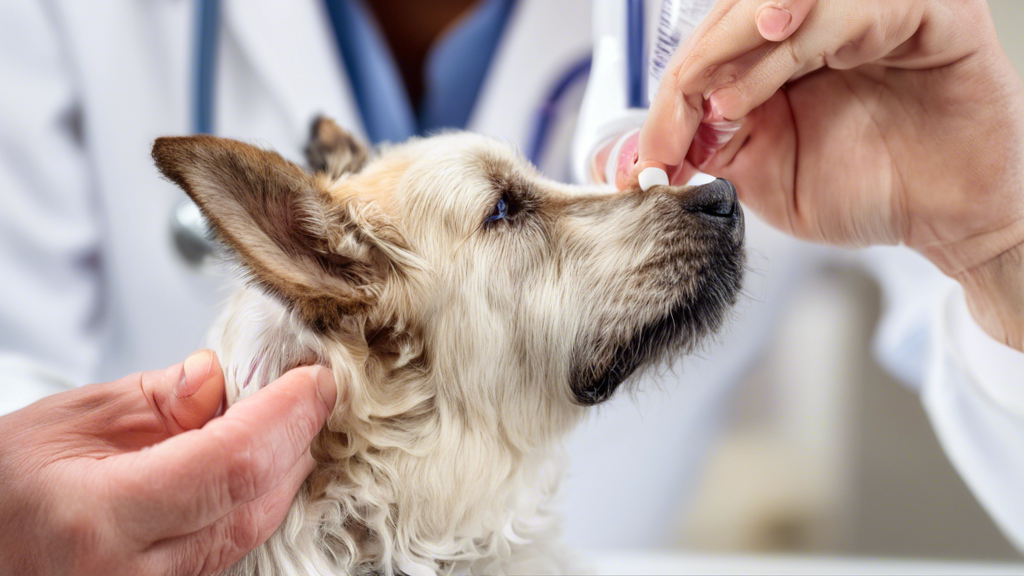## Benadryl and Its Uses for Dogs
**Introduction:**
Benadryl, a common over-the-counter medication, is sometimes used to treat various ailments in dogs. Its active ingredient, diphenhydramine, possesses antihistamine and anticholinergic properties that can alleviate symptoms in dogs. This article delves into the therapeutic uses of Benadryl in dogs, providing guidance on safe administration and potential considerations. By understanding the appropriate uses and precautions associated with Benadryl administration, pet owners can make informed decisions about their furry companions’ well-being.
Medical Uses of Benadryl in Dogs
Understanding the Active Ingredient: Diphenhydramine
Benadryl, the brand name for diphenhydramine, is an over-the-counter medication commonly used to alleviate allergic reactions and other symptoms in dogs. Diphenhydramine belongs to a class of drugs known as antihistamines, which block the effects of histamine, a chemical released by the body during allergic reactions.
Antihistamine and Anticholinergic Properties
Benadryl exerts its effects by blocking histamine receptors, thereby reducing the symptoms associated with allergies, such as itching, swelling, and sneezing. Additionally, diphenhydramine has anticholinergic properties, which means it can reduce secretions and muscle spasms. These properties make Benadryl effective in treating various conditions in dogs.
Therapeutic Uses of Benadryl
- Allergies: Benadryl effectively alleviates symptoms of allergies, including skin irritation, itching, and sneezing.
- Motion Sickness: The anticholinergic properties of Benadryl help prevent nausea and vomiting associated with motion sickness.
- Nausea: Benadryl can reduce nausea caused by various factors, such as stomach upset or post-operative recovery.
- Itching: Benadryl’s antihistamine and anticholinergic effects provide relief from itching caused by allergies, insect bites, or skin conditions.
The #1 Free Source for Pitbull & Bully Pedigrees!

## Safe Administration and Considerations
Before administering Benadryl to your dog, it is crucial to consult with your veterinarian. They can determine if Benadryl is appropriate for your pet and provide specific dosage instructions based on your dog’s weight and medical history.
**Dosage Guidelines:**
* **Dogs under 25 pounds:** 1/4 to 1/2 tablet (12.5-25 mg) every 8-12 hours
* **Dogs over 25 pounds:** 1/2 to 1 tablet (25-50 mg) every 8-12 hours
**Overdose and Side Effects:**
It is essential to avoid overdose, as excessive doses of Benadryl can lead to serious side effects. Signs of overdose include:
* Extreme drowsiness
* Rapid heartbeat
* Agitation
* Tremors
* Seizures
If you suspect an overdose, seek veterinary attention immediately.
Common side effects of Benadryl in dogs include:
* Drowsiness
* Dry mouth
* Urinary retention
* Vomiting
These side effects are usually mild and transient, but if they persist or worsen, consult your veterinarian.
**Precautions:**
Do not administer Benadryl to dogs with:
* Glaucoma
* Urinary tract obstruction
* Liver or kidney disease
Additionally, Benadryl may interact with certain medications, so it is crucial to inform your veterinarian about any medications your dog is currently taking.
**Conclusion**
Benadryl can be a helpful medication for treating a variety of conditions in dogs, including allergies, motion sickness, nausea, and itching. However, it is important to always consult with a veterinarian before giving Benadryl to your dog, as there may be underlying health conditions that could affect how the medication is metabolized. Additionally, Benadryl can cause side effects such as drowsiness, dry mouth, and urinary retention, so it is important to follow the veterinarian’s instructions carefully and monitor your dog for any adverse reactions.













Leave A Comment